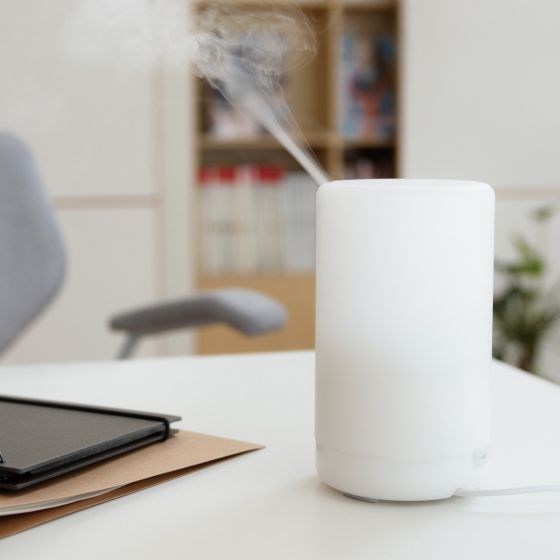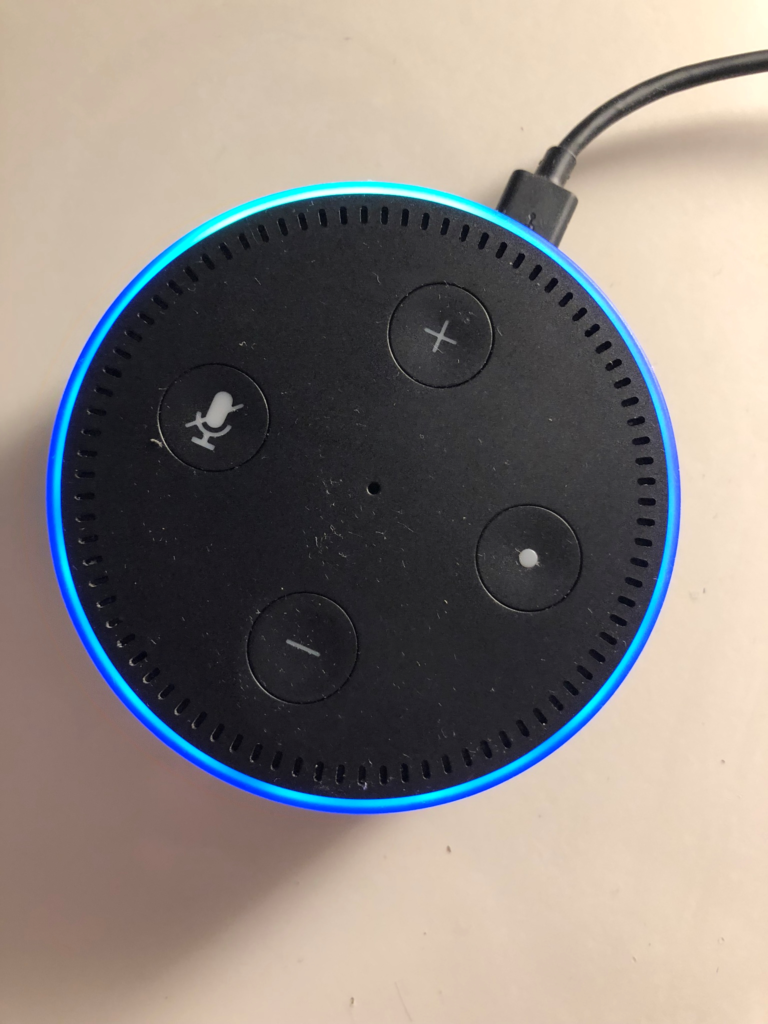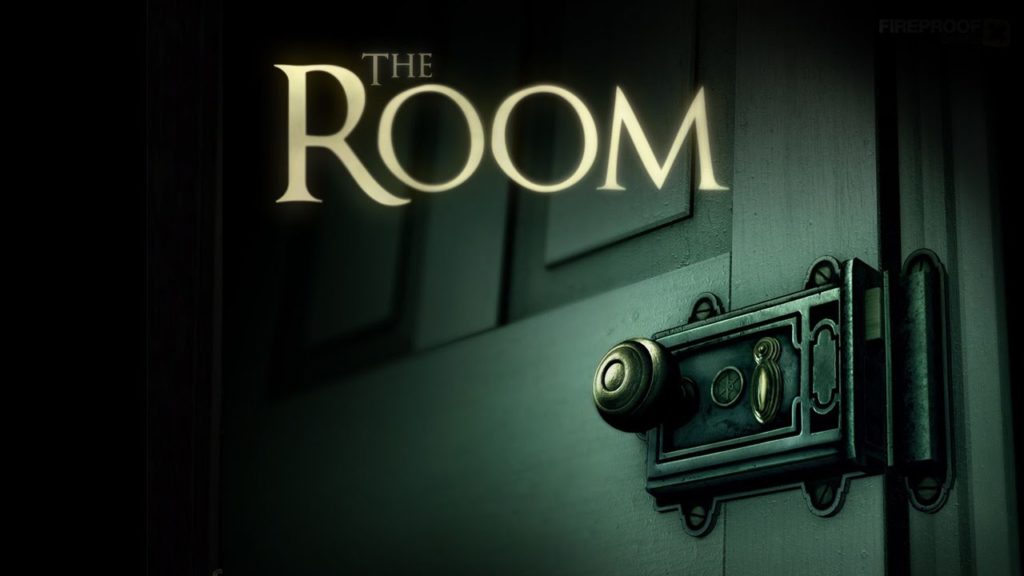Design Critique: hopper
Background I use hopper from time to time because it can predict prices to help me book flights and hotels at the right time. The core function of the product is price prediction and it is helpful indeed. The target users are the ones sensitive to prices and it’s likely that their departure and return …








